How do we see?
How we see is quite a complex process so I’m going to try to simplify it a bit…
Light enters the eye through the clear covering in the centre called the cornea. The light is bent (refracted) as it passes through the different structures of the eye (including the lens) until it finally reaches the retina at the back of the eye. If anything prevents the light from forming a sharp image on the retina, a person will see a blurry image. There are many things that can prevent someone seeing clearly, including
- Refractive errors
- Damage and scarring on the cornea
- Cataracts
- Age related macular degeneration
- Infections in the eye
- Damage or pressure on the optic nerve
- Migraine
Why can't I see clearly?
Refractive errors are the most common reason why a person can’t see clearly. As the name suggests, a refractive error occurs when the light that enters the eye isn’t bent correctly. This could happen because the eye ball is either too long or too short, the lens inside the eye has aged and is no longer able to change shape sufficiently to focus the light, or the cornea or lens has an irregular shape.
The most common refractive errors are:
- Hyperopia (far-sighted)
- Myopia (short-sighted)
- Astigmatism
- Presbyopia (Aging of the lens in the eye)
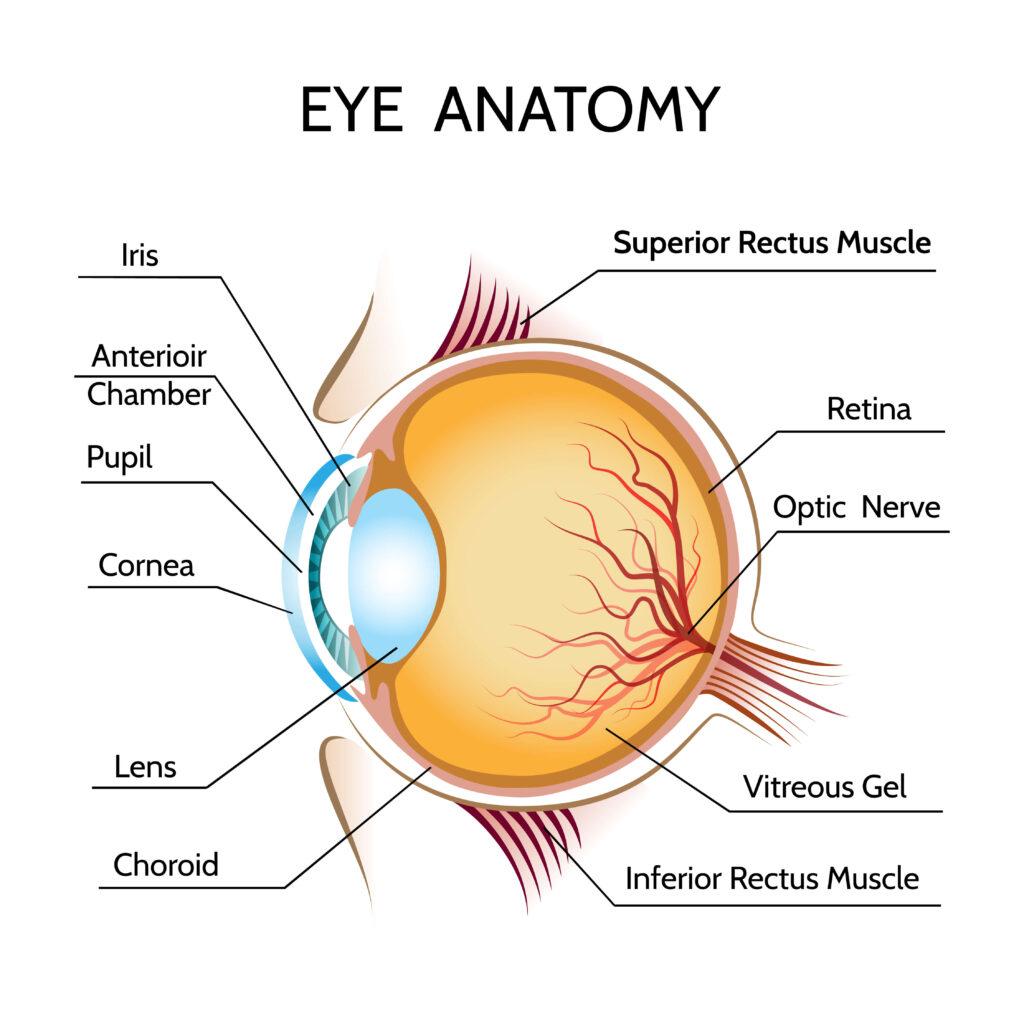
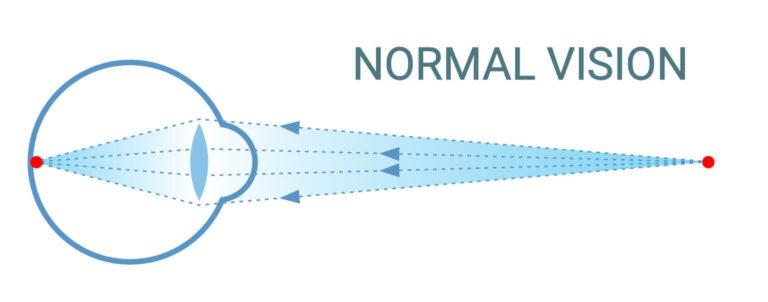
Refractive Errors
Hyperopia
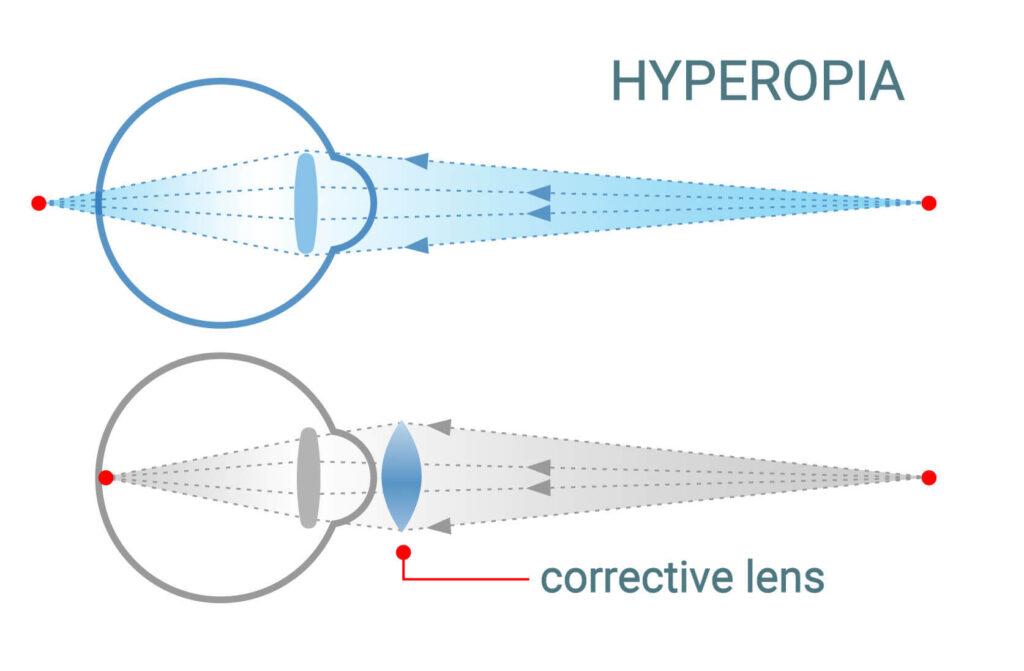
Far-sightedness is a vision problem in which you can generally see distant objects more clearly than near objects. This usually occurs when the length of the eyeball is shorter than normal or when the cornea or lens are flatter than they should be.
The amount of hyperopia you have influences your focussing ability. If you have large amounts of hyperopia, both distant and near objects may be out of focus while, if you only have a small amount, you might be able to clearly when you look at a distant object, and when looking up close. It is interesting that most babies are born with mild amounts of hyperopia but it often goes away on its own as the eyes grow.
Some people with hyperopia might not notice any problems with their vision, but with the increase in near work that we are dealing with in our day-to-day lives, they might notice symptoms like eye strain, difficulty maintaining focus while reading, fatigue and headaches after near work and aching or burning eyes.
Glasses or contact lenses can be worn to correct hyperopia – they may be needed for distance and near vision or sometimes only when doing near tasks.
Myopia
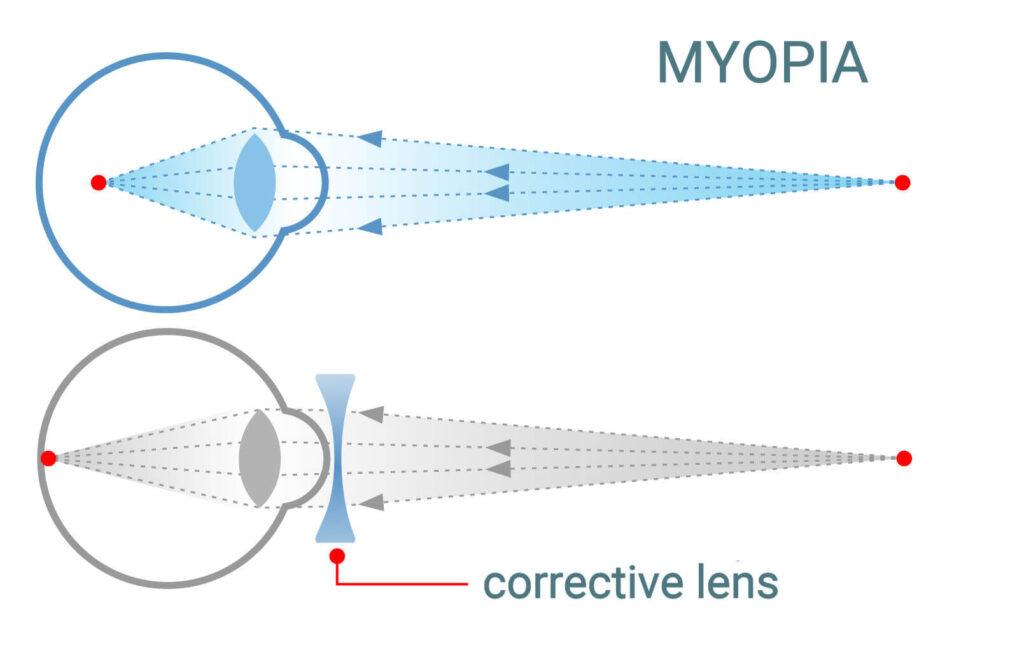
If you are short-sighted, you will have difficulty seeing distant objects clearly but can often easily see things that are up close. Opposite to far-sightedness, myopia usually occurs if the eye ball is longer than normal or the cornea is too curved. This focuses light in front of the retina instead of directly on it.
Myopia tends to run in families. It can develop slowly or rapidly and often worsens during childhood and adolescence. Some experts believe that one in four parents has a child with some degree of short-sightedness and that excessive time spent doing “near tasks” like reading, using smartphones or computers, may increase the risk of developing myopia.
If you are short-sighted you may catch yourself squinting to see distant objects more clearly. You may also notice eyestrain, headaches or difficulty seeing while driving (especially at night).
Glasses or contact lenses can be worn to help you see more clearly when you look for. Depending on the amount of myopia, you may only need to wear them for specific tasks like driving or watching TV.
Astigmatism
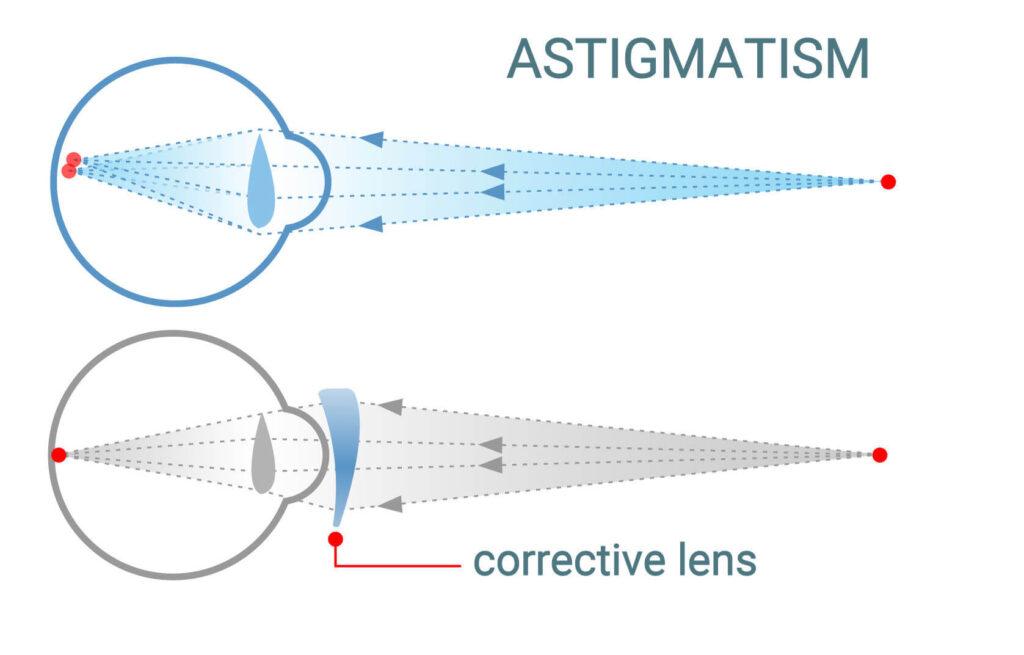
Astigmatism is a bit more difficult to explain – I’ve even had a patient who told me that they “suffer from stigma!” Astigmatism occurs when either the cornea or lens have irregular curves. Ideally, the cornea or lens would be shaped like a soccer ball but in someone with astigmatism, they are shaped more like a rugby ball and as a result, light gets bent more in one direction than another.
Astigmatism is very common and likely to be inherited. It can also develop after an eye injury, disease or surgery. It is also common to have astigmatism along with near or far sightedness. Small amounts of astigmatism are often not noticed but if you have larger amounts, you will likely experience blurry vision or areas of distorted vision. You may get headaches, eyestrain and find yourself squinting to see more clearly. Night vision for someone with astigmatism can be more challenging – glare is problem, as well as seeing halos around lights.
Again, glasses or contact lenses can be worn to compensate for your astigmatism.
Presbyopia
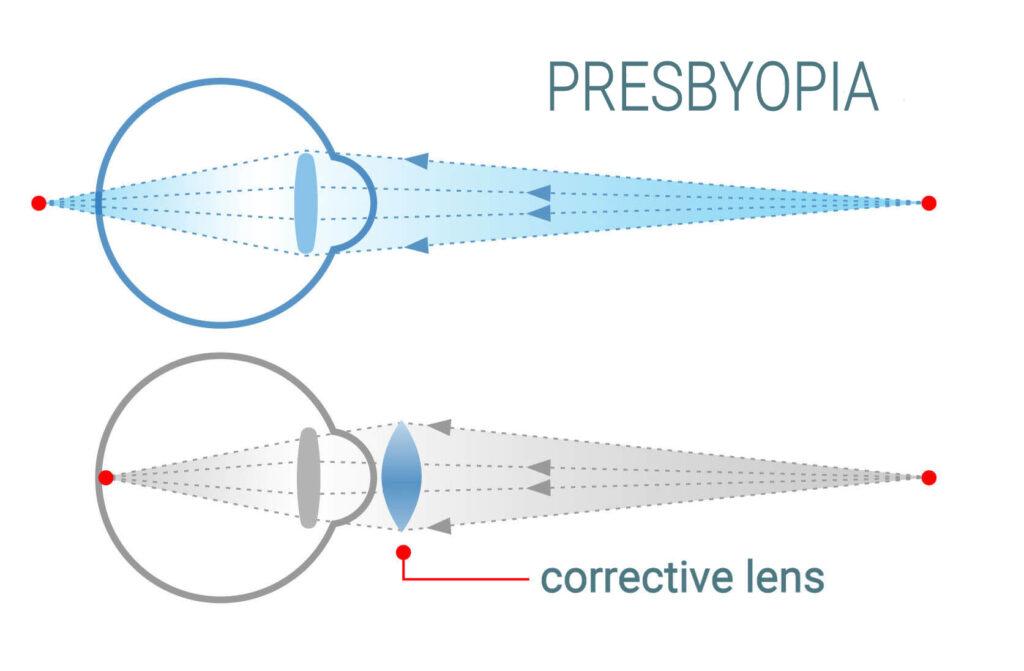
Presbyopia is often confused with being far-sighted but is a bit different. As we get older, the lens inside our eye, that changes shape to help us focus, gradually becomes less flexible. You’ll start to notice difficulty reading things up close (especially in low light) and start holding reading material further and further away from you.
Most people start noticing the symptoms of presbyopia around the age of 40. Some think that if they wear reading glasses, their eyes will get worse by becoming lazy, so put off going for help. The truth is that our ability to focus will decrease with age whether we wear glasses or not and by squinting our eyes to try to read more clearly will probably just give us wrinkles sooner!
There are many spectacle and contact lens options for you if you have presbyopia, we’ll help you choose the best one to suit your lifestyle. As the lens in our eye gradually loses its ability to focus, it is normal to need to review and change your reading script every few years.

